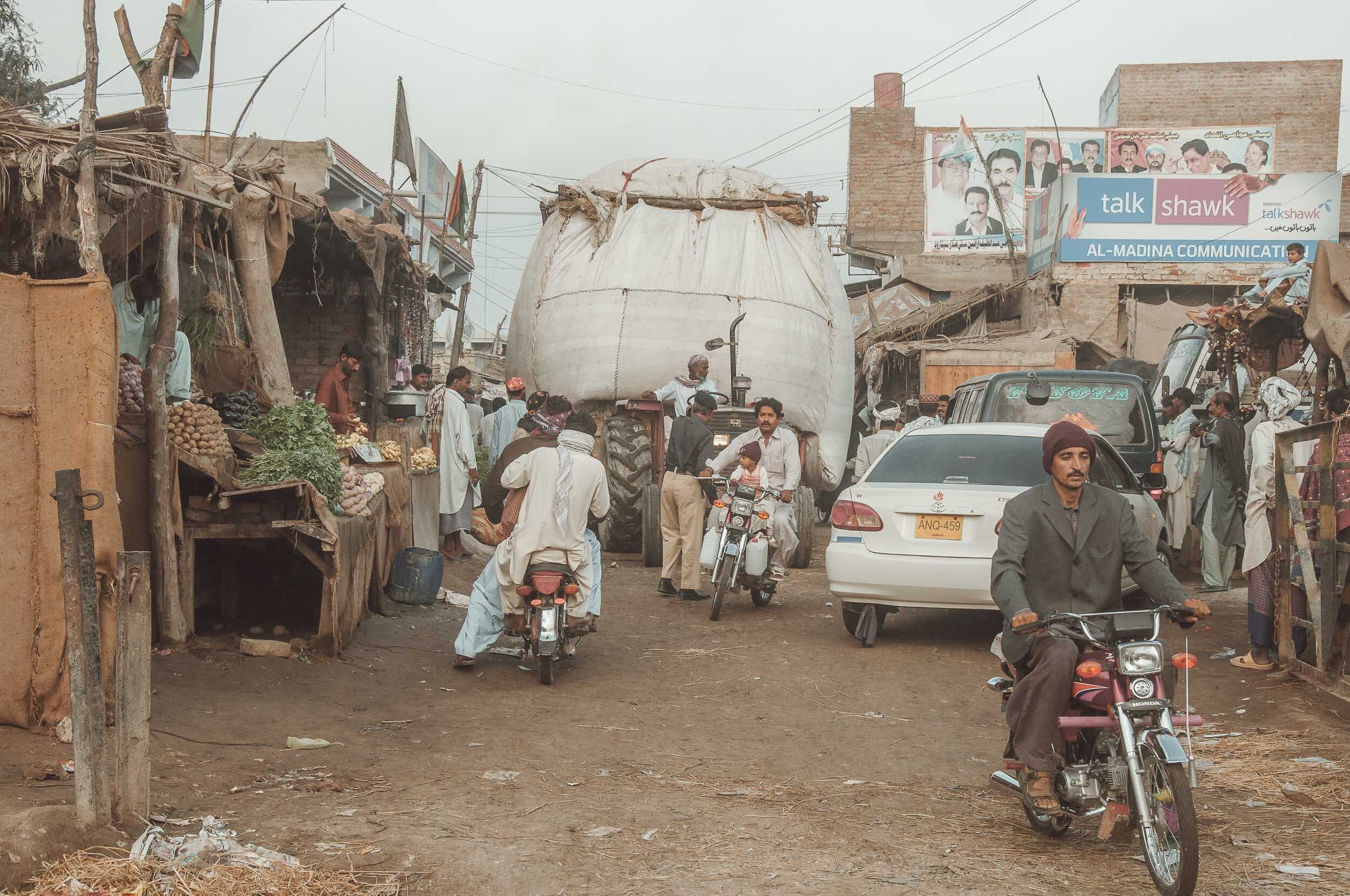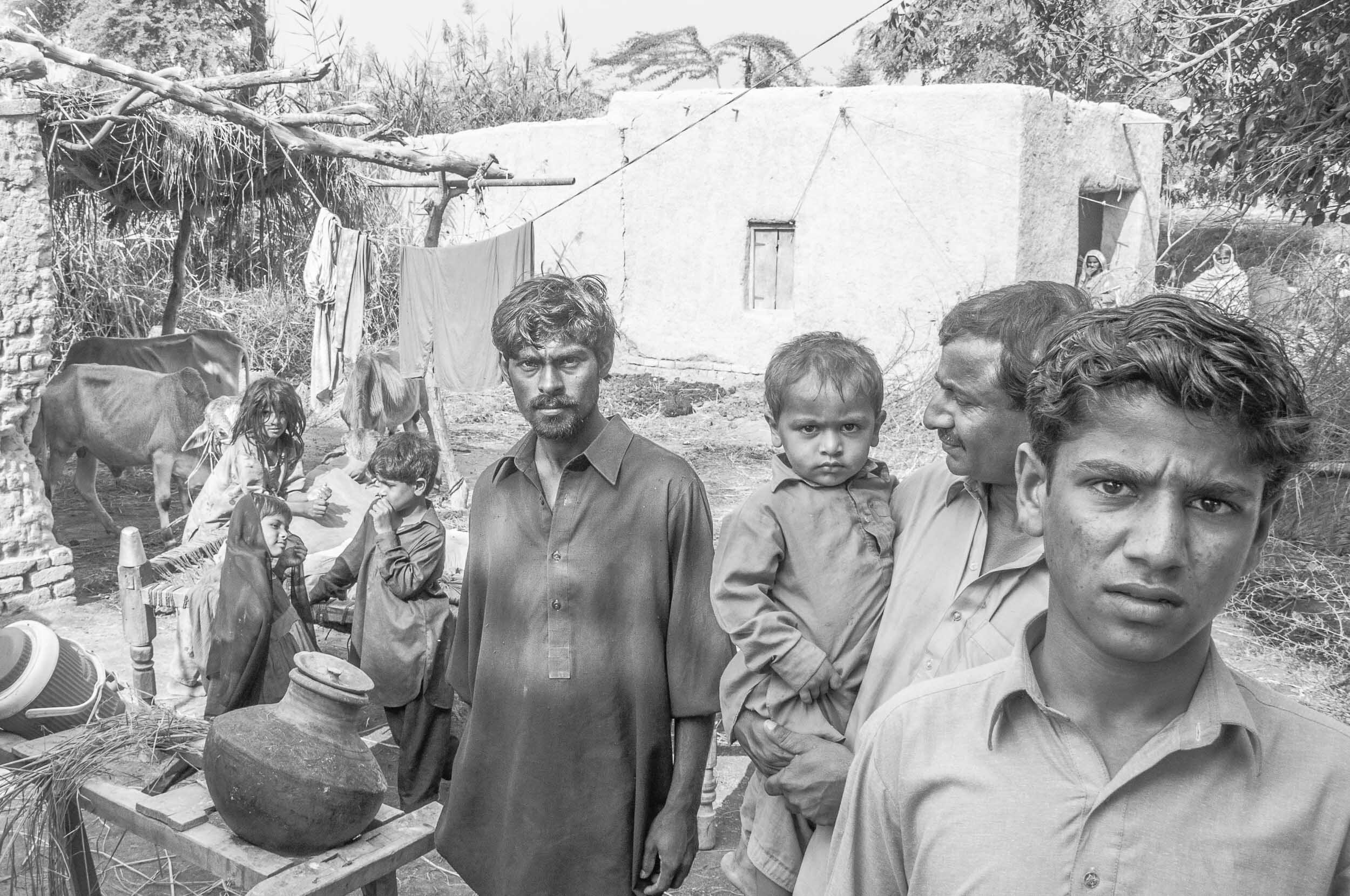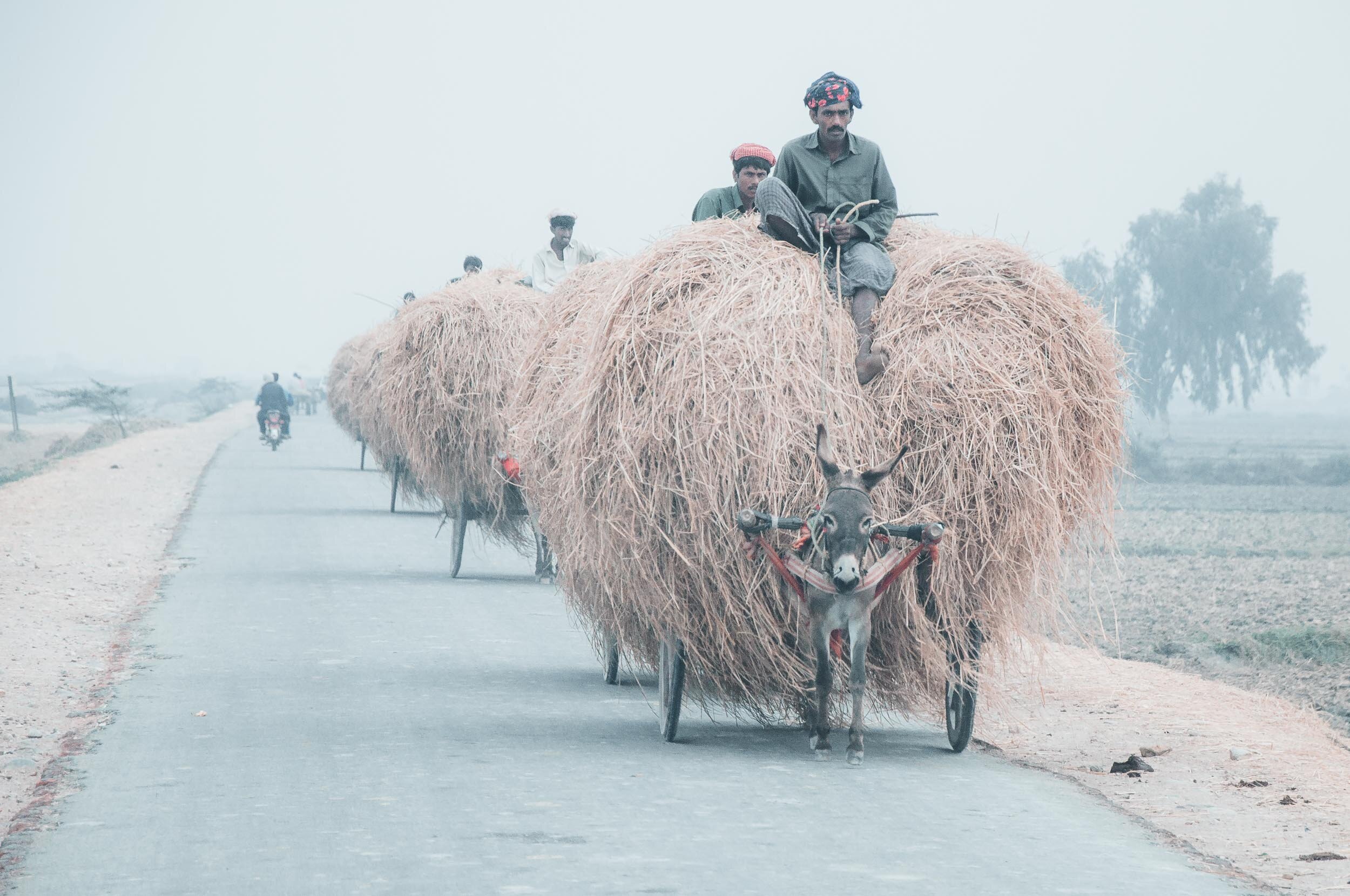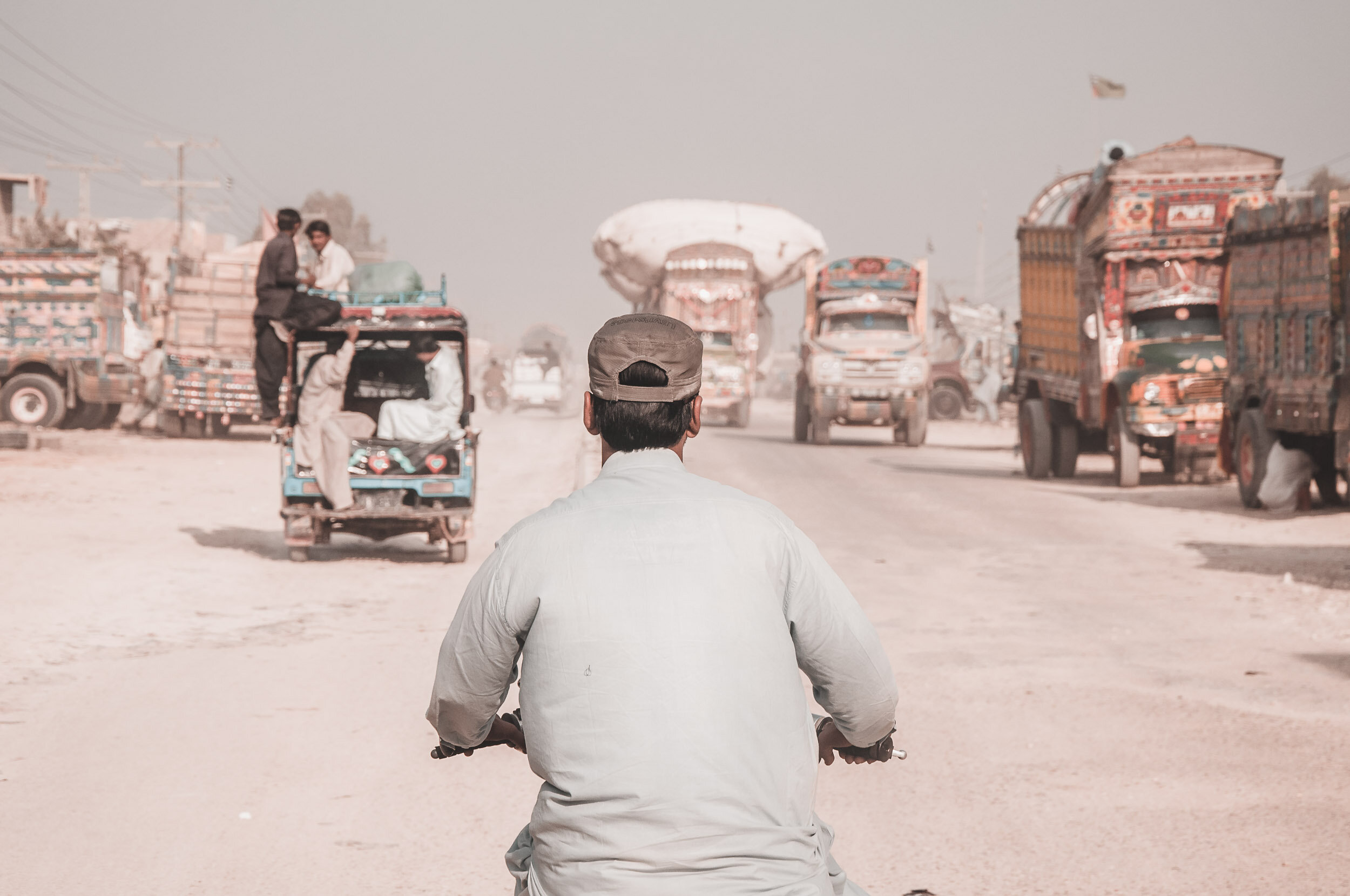
PAKISTAN
In 2011 I spent several months in different parts of Pakistan working as part of humanitarian response to devastating floods the previous year. Around 20 million people were affected by the worst floods seen in the region for 80 years as the Indus River basin received exceptional monsoon rains from the mountains of Kyhber Pakhtunkhwa Province in the north to the flat agrarian breadbasket plains of Sindh in the south. The raging torrent that pulverised, devoured and buried so much is, for the most part, a thing of memory. But its impact remained in broken bridges, mud-encrusted fields and devastated communities for years , even to this day. In Sindh province in the south, stagnant, contaminated flood waters remained for months causing illness, and where crops ruined and prices rose, the severity of already chronic malnutrition was exacerbated. The unprecedented 2010 floods were attributed to particularly immense monsoon rains, in what was an El Niño year. And, although disaster risk reduction and climate resilience measures are becoming more impactful and widespread, the intensity and frequency of such climatic events is already quite apparent.
Cotton Delivered in Style - Sindh
Receding Waters - Sindh
Wide Load - Sindh
Hay Convoy (B&W) - Sindh
Thatta Dawn (B&W) - Sindh
Village Kids - Khyber Pakhtunkhwa
Mountain Transport - Khyber Pakhtunkhwa
Family Commune (B&W) - Sindh
Sisters - Sindh
Valley Terrace - Khyber Pakhtunkhwa
Snake Charmer - Sindh
Committee Faces - Sindh
Hay Convoy - Sindh
Thatta Dawn - Sindh
Sweet Load - Khyber Pakhtunkhwa
Shy Welcome - Khyber Pakhtunkhwa
Intrigue - Sindh
Family Commune - Sindh
Curiosity - Sindh
Village Meet - Khyber Pakhtunkhwa
Rooftop Cricket - Khyber Pakhtunkhwa
East is East - Khyber Pakhtunkhwa
Misty Dawn - Sindh
Excited Welcome - Sindh
Community Engagement - Khyber Pakhtunkhwa
Causeway - Sindh
Street Volley Ball - Sindh
Truck Stop - Sindh
Truck Rest - Sindh
Charmed - Sindh
Thatta Play - Sindh
Thatta Dance - Sindh
Wanderer - Sindh
Biker - Sindh Province

































